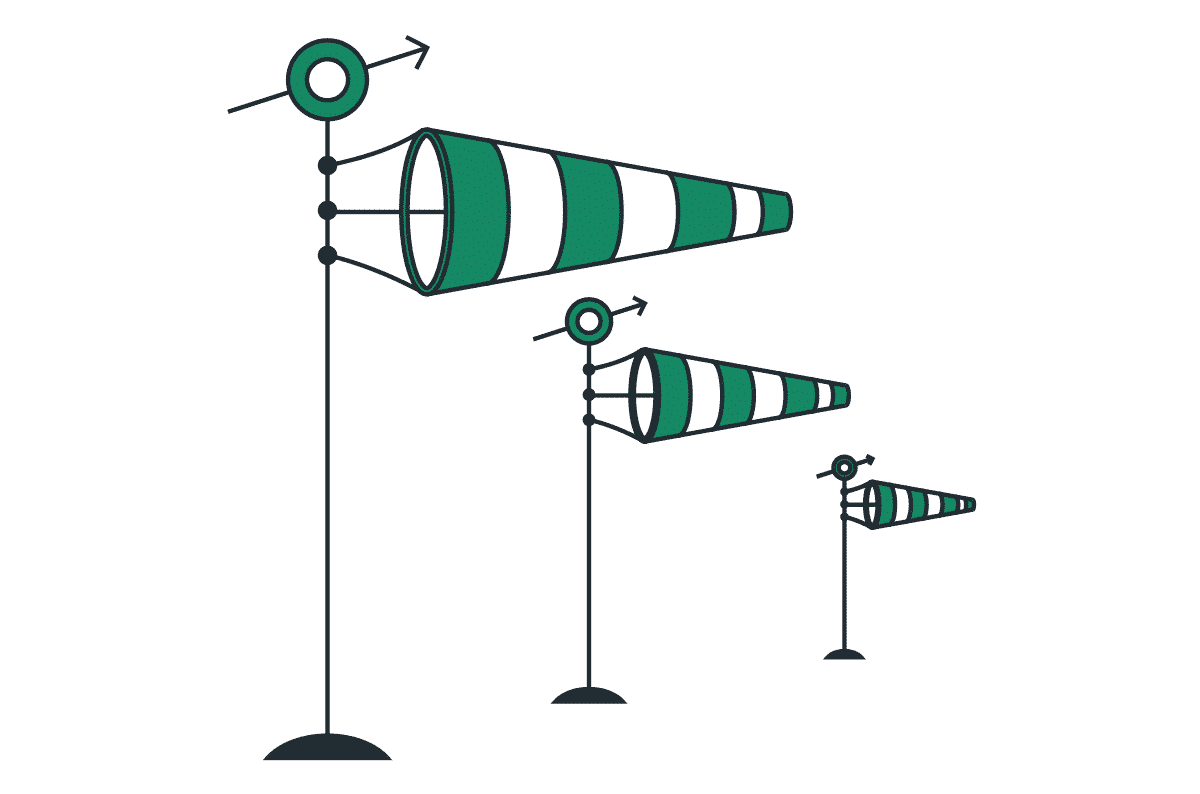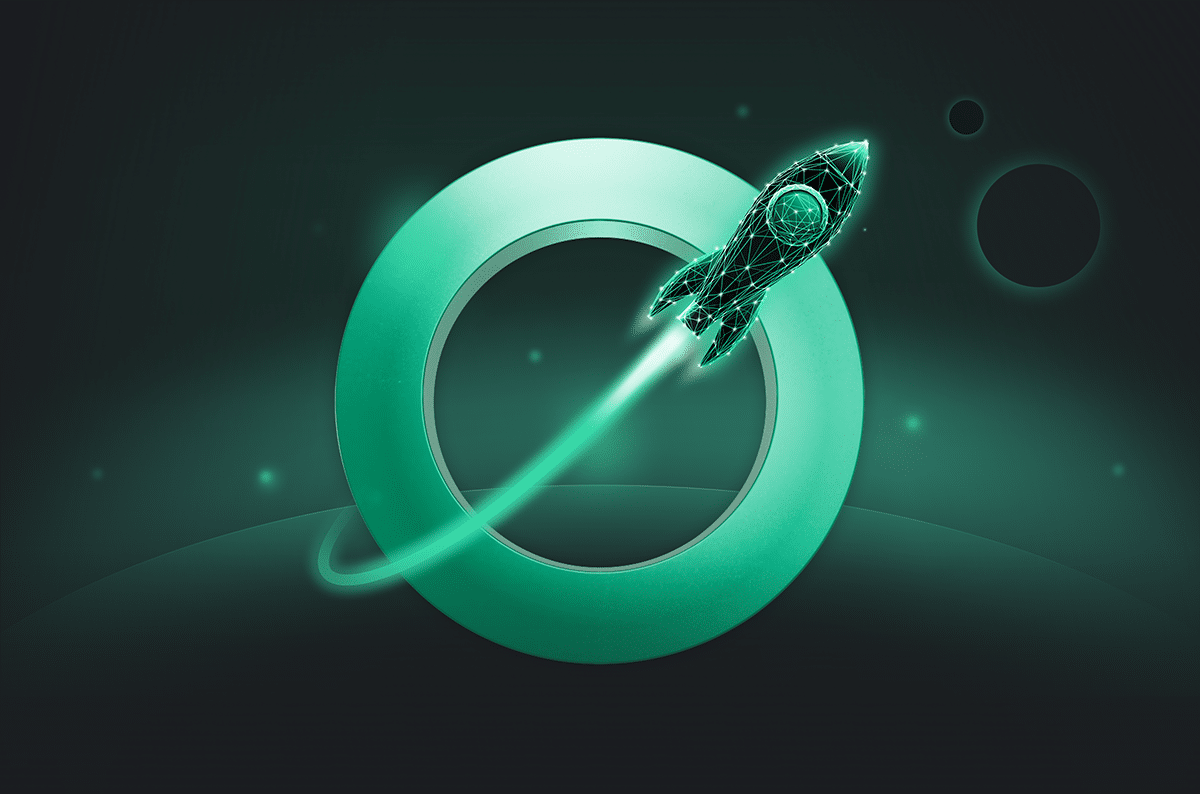Gartner Names Top I&O Trends for 2023

|
Listen to post:
Getting your Trinity Audio player ready...
|
Gartner has just issued a press release announcing its Top Trends Impacting Infrastructure and Operations for 2023. Among the six trends that will have significant impact over the next 12 to 18 months Gartner named the Secure Access Service Edge (SASE), sustainable technology, and heated skills competition.
Below is a discussion of these trends and how they are interrelated.
Secure Access Service Edge (SASE) was created by Gartner in 2019 and has repeatedly been highlighted as a transformative category. According to Gartner’s press release, “SASE is a single-vendor product that is sold as an integrative service which enables digital transformation. Practically, SASE enables secure, optimal, and resilient access by any user, in any location, to any application. This basic requirement had been fulfilled for years by a collection of point solutions for network security, remote access, and network optimization, and more recently with cloud security and zero trust network access. However, the complexity involved in delivering optimal and secure global access at the scale, speed, and consistency demanded by the business requires a new approach.
Gartner’s SASE proposes a new global, cloud-delivered service that enables secure and optimal access everywhere in the world. Says Gartner analyst Jeffrey Hewitt: “I&O teams implementing SASE should prioritize single-vendor solutions and an integrated approach.” SASE’s innovation is the re-architecture of IT networking and network security to enable IT to support the demands of the digital business.
An Inside Look: Life Before and After Deploying a SASE Service | WhitepaperThis is the tricky part about SASE: while the capabilities, also offered by legacy point solutions, are not new, the platform architecture is brand new. To deliver scalable, resilient, and global secure access that is also agile and fast, SASE must live in the cloud as a single holistic platform.
SASE architecture also has a direct impact on the competition for skills. When built from the ground up as a coherent and converged solution delivered as a service, SASE is both self-maintaining and self-healing. A cloud-native SASE platform delivered “as a service” offloads the infrastructure maintenance tasks, from the IT staff. Simply put, a smaller IT team can run a complex networking and network security infrastructure when supported by a cloud-native SASE provider, such as Cato Networks. The SASE provider maintains optimal security posture against emerging threats, seamlessly upgrades the platform with new capabilities, and reduces the time to detect, troubleshoot and fix problems. Using the right SASE platform, customers will also alleviate the pressure to acquire the right skills to support and maintain individual point solutions, and the resources needed to “keep the lights on” by maintaining a fragmented infrastructure in perfect alignment and optimal posture.
Beyond skills, SASE also has a positive impact on technology sustainability. Cloud-native SASE service eliminates a wide array of edge appliances including routers, firewalls, WAN optimizers and more. By moving the heavy lifting of security inspection and traffic optimization to the cloud, network edge footprint and processing requirements will decline, reducing the power consumption, cooling requirements, and environmental impact of edge appliance disposition.
The road to simpler, faster, and secure access starts with a cloud-native, converged, single vendor SASE. Customers can expect better user experience, improved security posture, agile support of strategic business initiatives, and a lower environmental impact.















